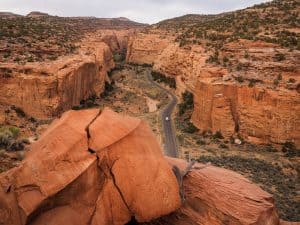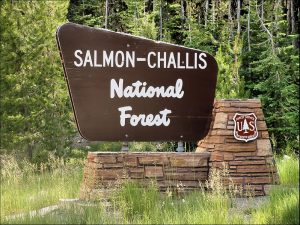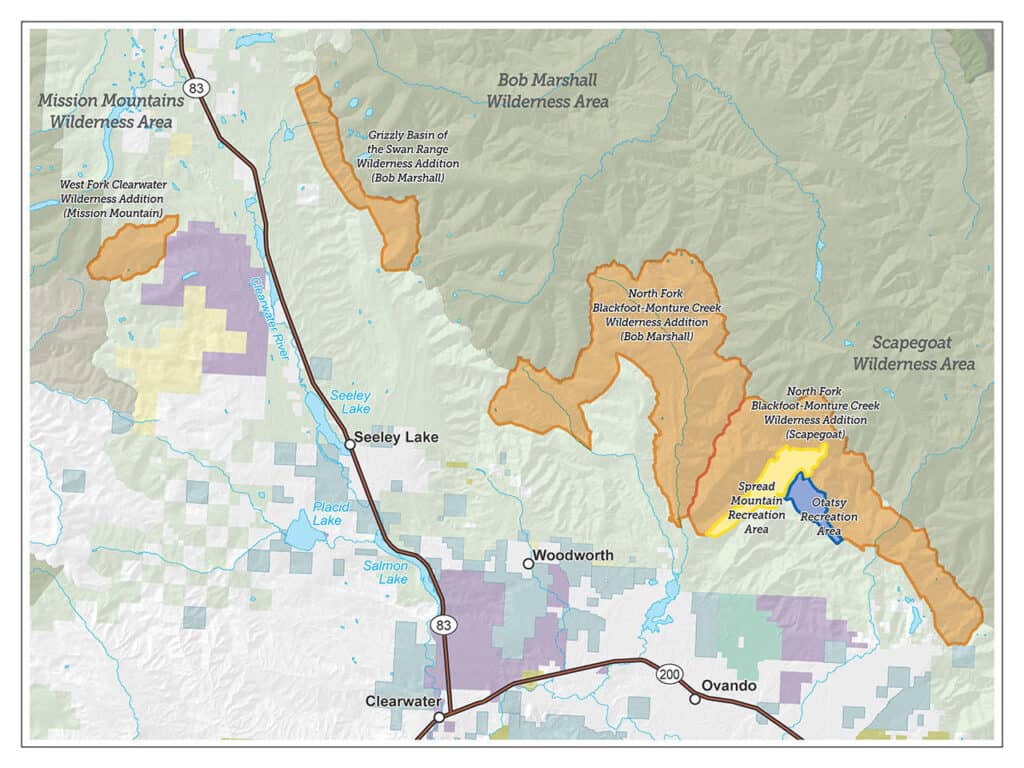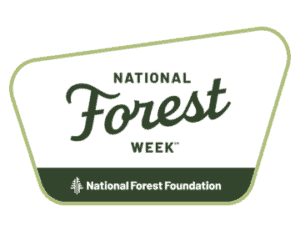
On August 20, the State of Utah asked the U. S. Supreme Court to consider its claim that parts of the Federal Land Policy and Management Act (FLPMA) that allow it to retain and manage lands as federal property are unconstitutional. (The State’s “news advisory” includes a link to the court documents.) It will ask the Court to:
Order the United States to begin the process of disposing of its unappropriated federal lands within Utah, consistent with existing rights and state law.
Utah argues that the Constitution does not give the federal government the authority to retain lands that it has not designated for a federal purpose. The key language at issue in the Constitution, which has been traditionally viewed as establishing such federal authority, is the Property Clause of Article IV, which provides:
The Congress shall have Power to dispose of and make all needful Rules and Regulations respecting the Territory or other Property belonging to the United States
Which plaintiffs interpret this way:
By its terms, that Clause empowers the federal government to regulate and “dispose of” land belonging to the United States—not to retain such land indefinitely, without regard to whether it is needed to carry out any enumerated federal function.
They read this language as requiring the federal government to dispose of such lands. Maybe that’s ambiguous, but even it were to now be reinterpreted it this way, there is a counter-argument that any such authority was supplanted by western state enabling acts:
University of Colorado environmental law professor Mark Squillace said the lawsuit was unlikely to succeed and was “more a political stunt than anything else.” The Utah Enabling Act of 1894 that governed Utah’s designation as a state included a promise that it wouldn’t make any claim on federal land, Squillace said.
If the court accepts the case, it will be interesting to see how many other states want to join in this “stunt.” Utah has been preparing for this case for years, and challenges to other federal lands had been considered. If this lawsuit is successful, would the Forest Service be immune to something similar? This should all make the “local control” fans ecstatic.





